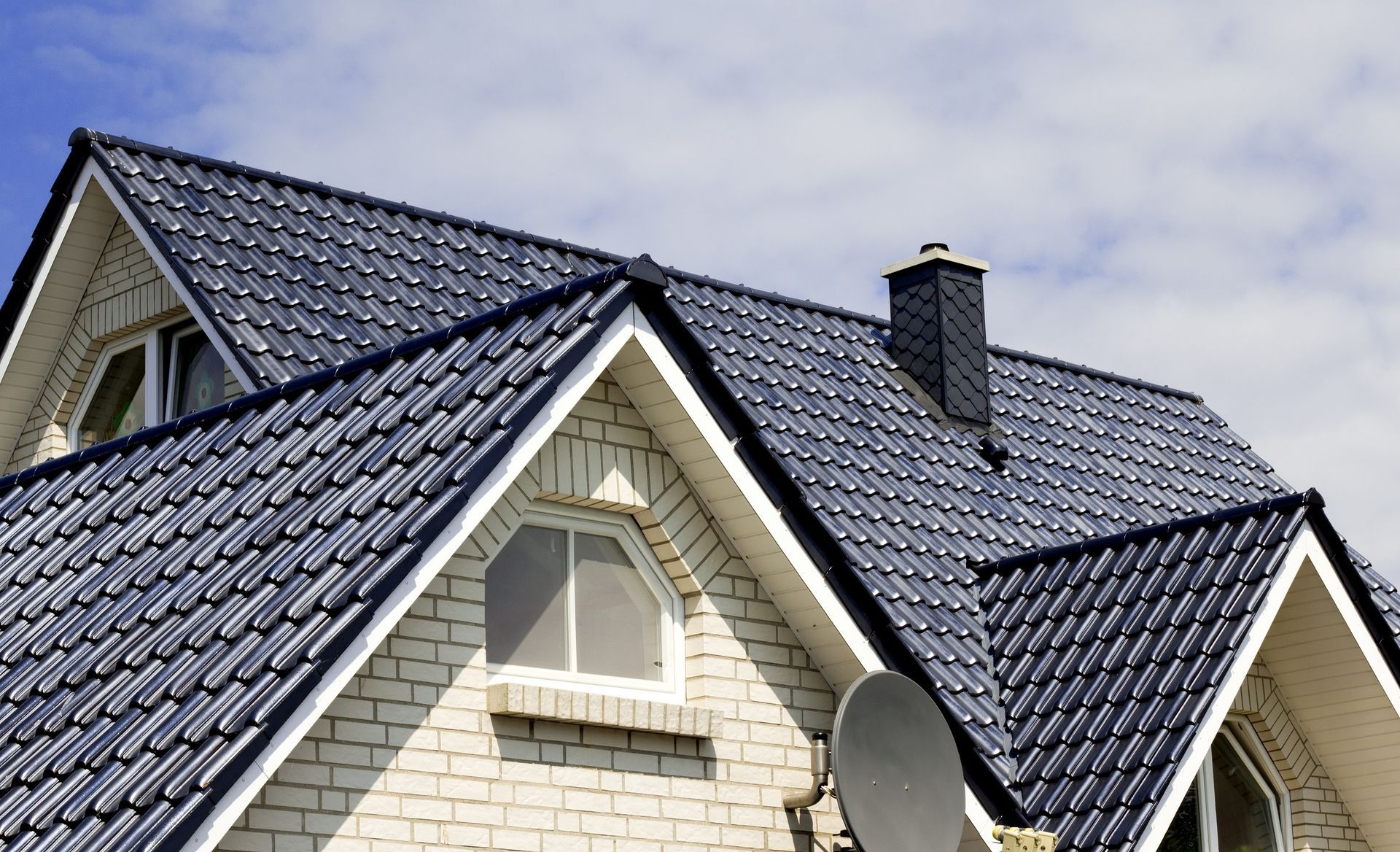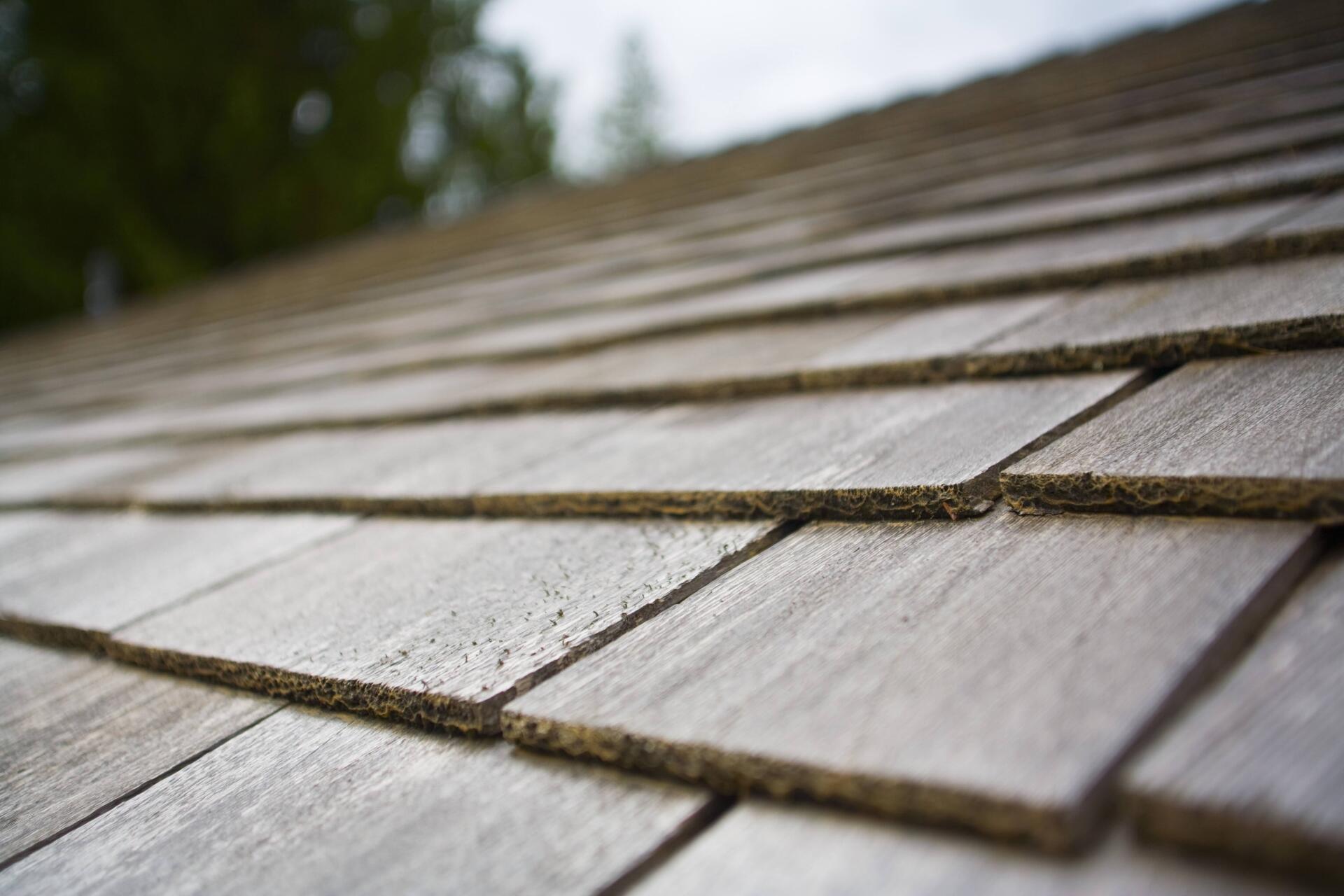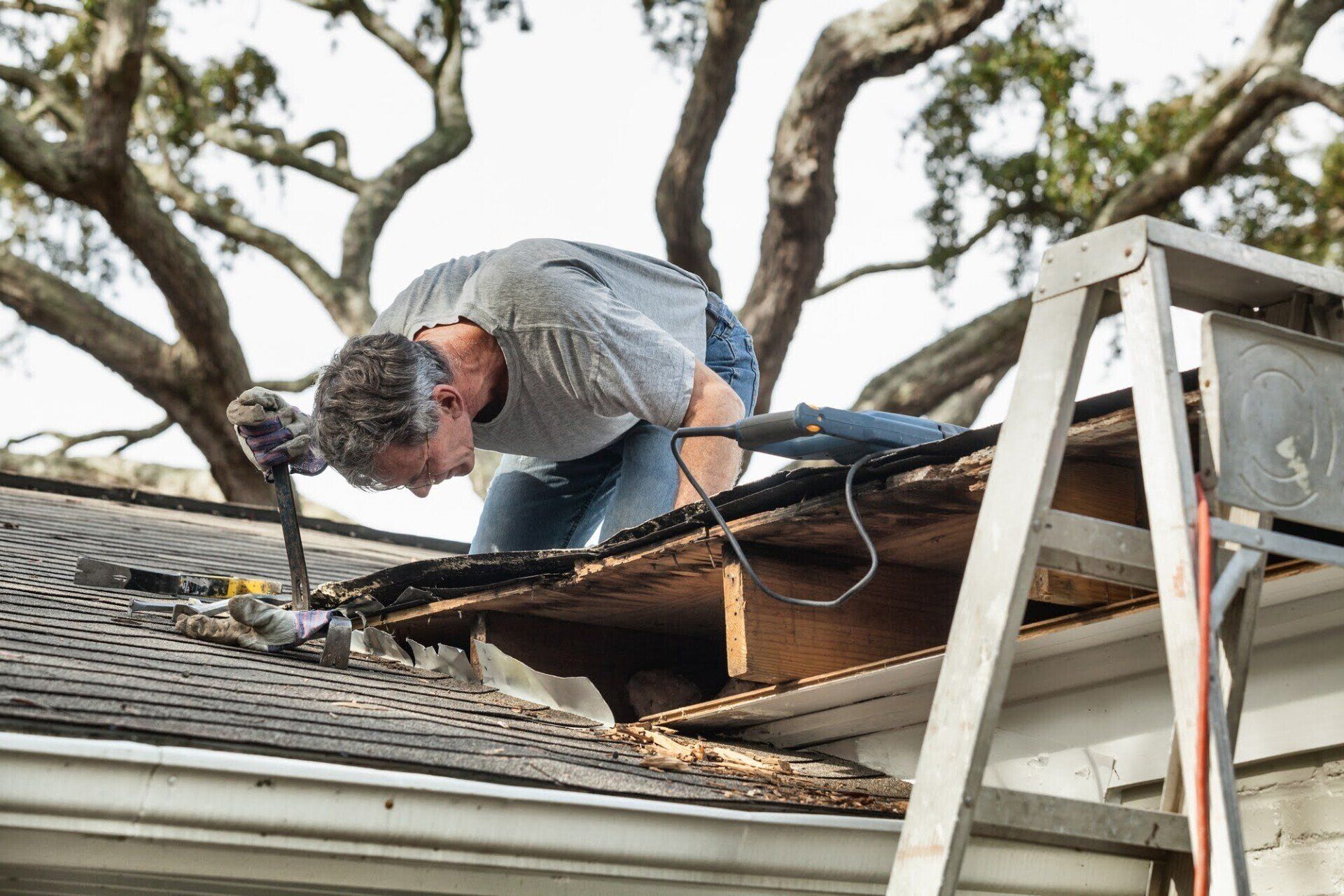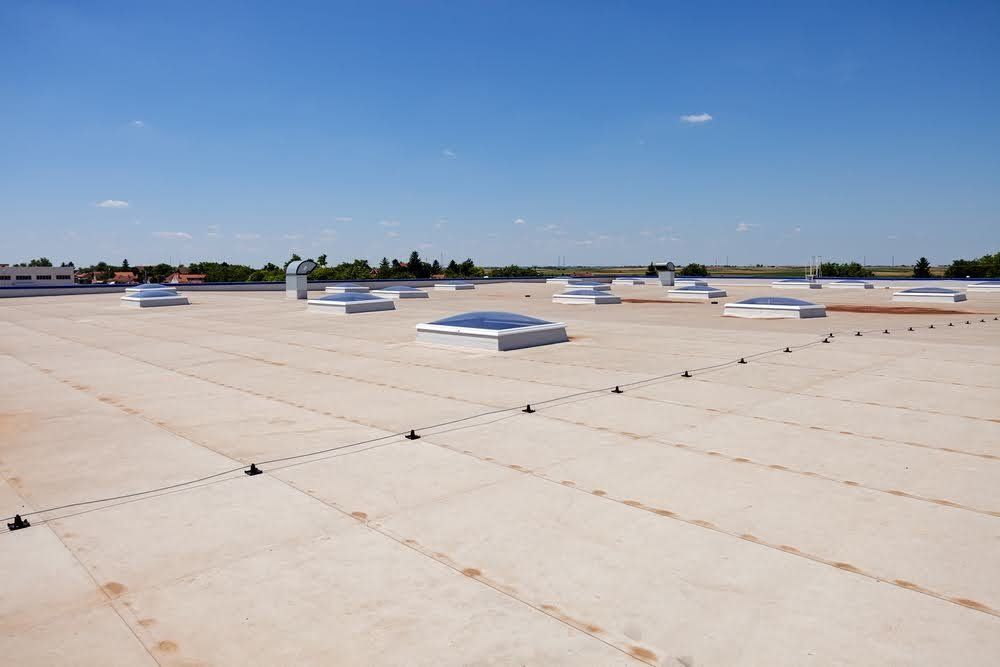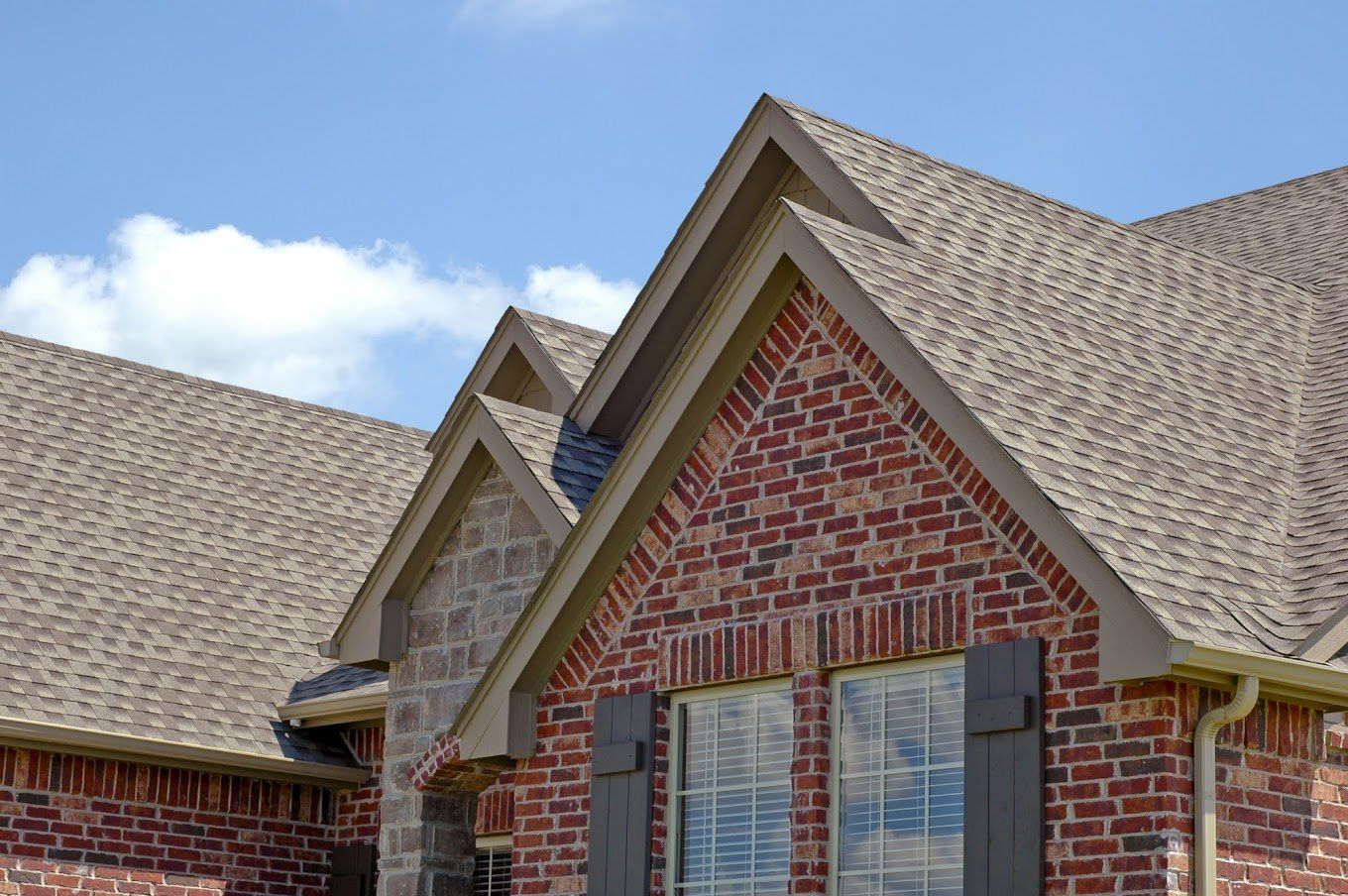Does Your Roof Have Storm Damage? Look Out for These 5 Signs
A storm's strong winds, rain, snow, and hail can cause significant damage to your roof. Some signs are apparent, while others need a thorough inspection of your roofing system. Check out some indications that your roof has storm damage below.
1. Missing and Damaged Shingles
Cracked and peeling shingles can't withstand strong winds, and they tear off your roof during heavy storms. An older and poorly-maintained roof is especially vulnerable to storm damage. Missing shingles cause more roof deterioration by leaving the underneath material exposed to the elements. So, inspect your roof after a storm and ask a roofer to replace absent shingles.
If you can't spot any missing shingles, don't assume that your roof has no damage. Often, shingles crack during storms, leaving water to seep into your home. You need a close-up look at your roof to identify tears, holes, and dents or curled or loose shingles. This kind of roof damage is easy to fix.
2. Water Leaks
Water can enter your home through minor cracks and dents on the roof, resulting in costly water damage. Sometimes, water leaks are as evident as drops through your ceiling. In many cases, the signs of moisture damage are elusive, and you must be proactive in inspecting your house.
The attic is the best area to start since it sits under the roof deck. Since excessive moisture facilitates mold growth, check for black, greenish, or gray patches on the attic walls and ceilings. If you ignore water damage, mold and mildew weaken the roof support and compromise the integrity of the entire roofing system.
Also, check for wet insulation because water damage leads to expensive replacement expenses. Water droplets around the chimneys, skylights, and other penetrations also indicate roof damage. Fixing roof leaks is a technical undertaking and needs the expertise of a seasoned roofer, so don't attempt to patch the damaged areas yourself.
3. Loss of Granules
Granules are tiny bits of crushed stone that layer the top of asphalt shingles and provide extra protection against the elements. Over time, your roof loses a small number of granules. However, Excessive granule loss after a storm is a cause for concern because it leaves your roof vulnerable to damage.
Displaced granules typically accumulate in the downspouts and gutters, so start your inspection here. Then, check the roof for dark spots or discolored patches. Extensive granule loss can indicate that you need a roof replacement soon.
4. Damaged Gutters, Downspouts, and Flashing
The gutters, flashing, downspouts, soffit, fascia, and other roof parts also damage during heavy storms. For instance, the flashing can move out of place while gutters loosen and clog with storm debris. Large hail stones are especially destructive, as they dent metal and plastic downspouts.
Inspect the entire roofing system for any loose or cracked components after a storm. Some elements, like the flashing, are difficult to inspect for the untrained eye, so get a professional inspection.
5. Tree Damage and Flying Debris
Strong winds can blow tree branches and debris to your roof, leading to considerable damage. After a storm, investigate what may have made its way to the roof. Since branches and shrubs may have hit your roof before falling on your yard, follow the path of any debris lying around your home. If you suspect your roof absorbed impact from large objects, have a roofer inspect the entire roofing system.
Storms bring high winds, hail, fallen trees, and debris that severely damage roofing systems. Our expert roofers at Ludemann Construction LLC specialize in roof inspections after a storm and assist you with your insurance claim. Contact us today to restore your roofing system.

